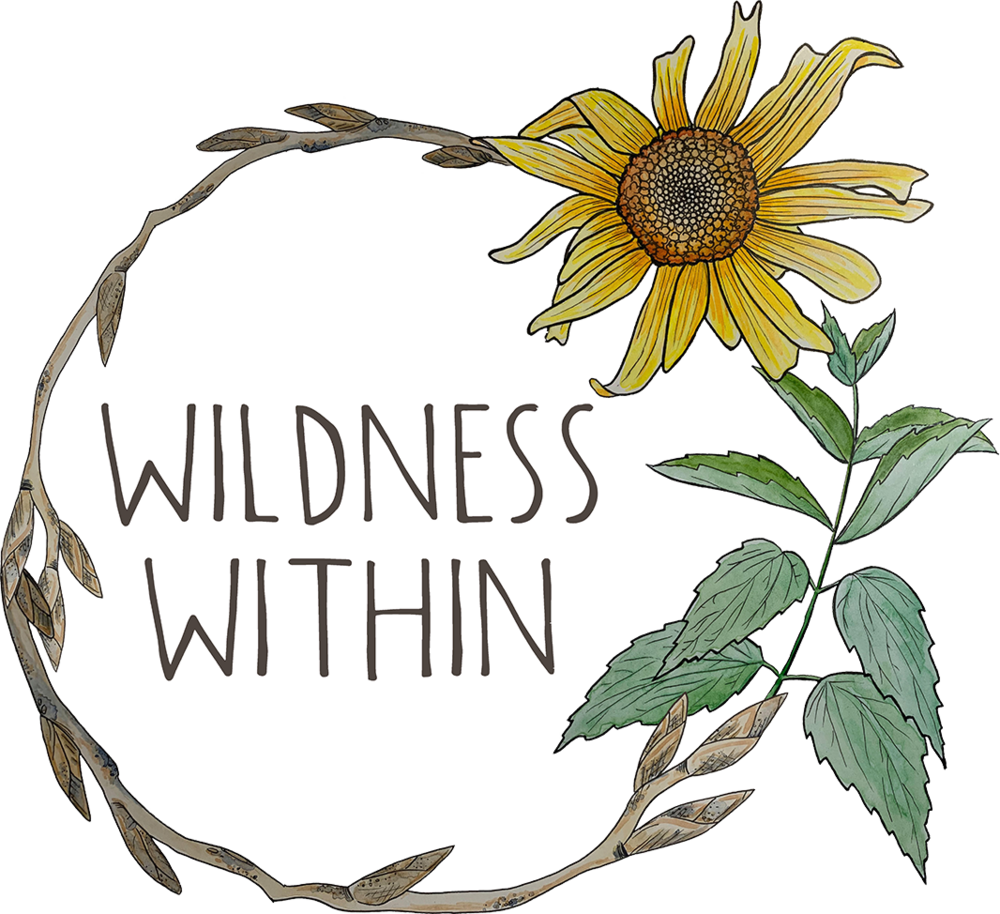Common Names: Garden Heliotrope
Botanical Name: Valeriana officinalis, V. dioica, V. sitchensis, V. spp
Plant Family: Valerianaceae, Valerian Family
Parts Used: Rhizome, leaves, flowers
Actions: Sedative, hypnotic, nervine, antispasmodic, carminative, stimulant, anodyne (Systems affected: Liver, Heart, Nervous System)
Habitat: High elevation, sub-alpine and alpine. Grows in soils that retain moisture well into the summer. It is commonly found on north-facing banks or hillsides or in partially shaded soils. Different varieties of Valerian can be found in Canada, Mexico, South Africa, Asia, Southern Europe, and India. V. officinalis is one you will find in a garden. This past year, I found myself transplanting Valerian that was living in a pen with many intelligent pigs. They weren’t so interested in the plant, yet they were more interested in what on Earth I was doing harvesting it…
Collection: Valerian flower and leaves can be harvested in the summer. Normally when you are out on a nice alpine hike (or running from horse flies) you can follow the sound of the flies and insects to a field of wild flowers. There you will find the white glow of Valerian flowers. At this point, you realize that the smell of Valerian doesn’t resonate with everyone, but in spite of it all, the flies love it. Be careful of the flies when harvesting (I’ve had my fair share of bites).
Normally I harvest roots in the early Spring and Fall. Yet, if you look at the mountains where Valerian grows wild, snow covers the alpine at the “root-harvesting time of year”. So, I harvest Valerian in the late summer, when it is beginning its early stages of senescence. Or I manage a crop that is lower in elevation and I know where to dig come rain, snow or shine. If you harvest the roots when the flowers or leaves are still present, this might help with identification and better acquainting yourself with the whole plant.
Valerian Medicine:
Insomnia, Stress & Nervousness
Valerian’s sedative properties have been researched quite extensively. It has proven to be quite effective, especially in comparison to pharmaceutical drugs. It is most effective for nervous and stressed folks who are experiencing indigestion and muscle tension. Several studies have shown that Valerian helps promote sleep in menopausal women, and agitated children who have difficulty sleeping. It helps the restless become rested.
Though some studies have also showed that Valerian may provide a person with sound sleep and no side-effects the following day, some friends of mine have had the opposite experience. They will get little rest and wake up feeling quite groggy. Michael Moore explains that this is because “Valerian is a stimulant to digestion.” If you are stressed and cannot sleep, yet you have a demanding intestinal tract, moist lungs and a strong cardiovascular system, then Valerian is going to stimulate this. It is not the right sedative for you. On the other hand, if you are adrenalin-stressed, and have a hard time with digestion or breathing, as well as a rapid pulse, then Valerian will calm you down and help regulate your digestion, lungs, and pulse so that you can have a sound sleep.
It is critical to assess your root “diseases” or issues before taking an herb. Understand what type of stress, nervousness and/or insomnia you are dealing with. Valerian is safe to take if you are unsure whether it will work for you. You will know within the first time taking it.
Pain & Spasm Relief
Valerian is a sedative and antispasmodic, which can help relieve muscle tension. It has proven helpful for menstrual cramps, muscle cramps, neck and shoulder tension, headaches, spasmodic coughing and restless legs. Valerian has two compounds, valerenic acid and valerenal, which may work by bonding with receptor sites in the central nervous system. Hence, Valerian helps with acute pain and spasms.
Digestion
Michael Moore claims that valerian stimulates digestive functions. It helps with indigestion and also stagnant digestion. Studies have found that the volatile oil serves as a carminative in flatulence and fullness.
DOSage:
It is also advised to not take Valerian on a regular basis. For it can cause shifts in your mood and emotions. It is safe to be used occasionally or frequently, but not daily. Rosemary Gladstar recommends taking modest doses for 2-3 weeks and then take one week off before taking doses again.
References:
Medicinal Plants of the Pacific West by Michael Moore
The Eclectic Materia Medica, Pharmacology and Therapeutics by Harvey Felter Wickes
Medicinal Herbs; A Beginner’s Guide by Rosemary Gladstar
Wild Medicinal Plants by Anny Schneider
Photos by Rachael WItt





